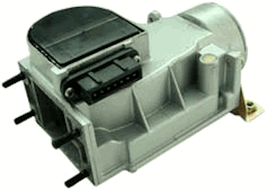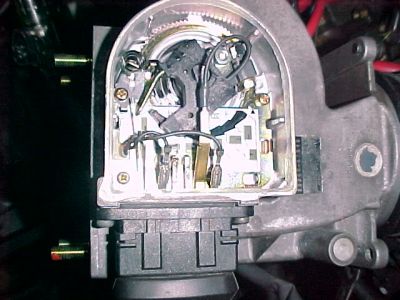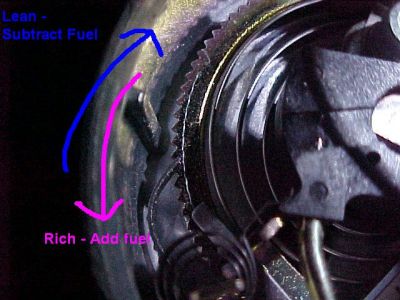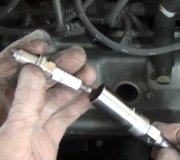My Toyota pickup(Bad weather vehicle) was running perfectly. I was driving it a few weeks ago in a bad rain storm. I hit a few puddles of water that were so huge, water splashed into the cabin through a crack in the shifter boot. So, there is also a good chance a few spark plugs got bathed in cool water too. I soon stopped the vehicle. When I started it, it was missing badly and spitting out major amounts of black smoke from the exhaust pipe. It seemed I was down at least 2 cylinders. I figured something like the distributor got wet. I waited a few days and nothing changed. I replaced the cap and rotor, but no change. Now it is about 3 weeks and no change. I did verify that spark IS getting to all 6 spark plugs, but all 6 cylinders are definitely NOT firing. So much black smoke, it can't idle, and it sputters incredibly. Non driveable. The spark plugs are Bosh Platinum and are new (Maybe 200 miles on them).
Question: I have not yet taken out the plugs to check them out. Is it possible for the splashed water to hit the hot spark plugs and damaged them somehow. Maybe crack the ceramic parts making it impossible for the spark to travel through the plug into the cylinder? This is the only thing I can think of so far that may be causing my problem. The exhaust was clean before the incident, now it is putting out huge amounts of black smoke (Obviously unburnt gasoline). Thoughts? Thanks. Tom.
Saturday, July 25th, 2009 AT 10:13 AM





